Did you know that you can lower your energy expenses by up to 70% by using geothermal heat pump systems? Our aim is to explain how this incredible technology works and help you understand its advantages.
In this article, we’ll explain the geothermal heat transfer process, explore the components of a geothermal heat pump system, and debunk common misconceptions.
Get ready to discover the benefits and advantages of geothermal heat pump technology and glimpse into the future of sustainable heating and cooling.
Let’s dive in together!

Key Takeaways
- Geothermal heat pumps use the natural heat from the earth for heating and cooling, making them sustainable and efficient.
- The heat transfer process in geothermal heat pump systems involves a ground loop system that circulates a water-based solution and transfers heat to or from the home using a refrigerant cycle.
- The key components of a geothermal heat pump system include the heat pump unit, ground loop system, and distribution system, which work together to ensure efficient heat transfer.
- Geothermal heat pump technology offers numerous benefits, including energy and cost savings, minimal environmental impact, durability, and consistent comfort with minimal maintenance requirements.
The Basics of Geothermal Heat Pump Technology
Let’s start by understanding the basics of geothermal heat pump technology.
Geothermal heat pumps are a sustainable and efficient way to heat and cool our homes. Instead of relying on fossil fuels, these pumps harness the natural heat from the earth to provide a comfortable indoor environment.
The process begins with a series of pipes, called the ground loop, that are buried underground. These pipes circulate a water-based solution, absorbing the earth’s heat in winter and releasing it in summer.
The heat pump then transfers this heat to or from the home, depending on the season, using a refrigerant cycle. This technology not only reduces our carbon footprint but also saves us money on energy bills.

Understanding the Geothermal Heat Transfer Process
As we delve into understanding the geothermal heat transfer process, we can see how the heat pump utilizes the ground loop to extract and distribute heat from the earth. This process begins with the ground loop, which is a series of pipes buried underground. These pipes contain a fluid, typically a mixture of water and antifreeze, that absorbs the heat from the earth.
As the fluid circulates through the loop, it gains heat from the ground and carries it to the heat pump. Once inside the heat pump, the heat is transferred to a refrigerant, which is then compressed to increase its temperature. The hot refrigerant is then used to heat the air or water that’s circulated throughout the building.
It’s fascinating how this simple process can harness the natural heat from the earth to provide us with a sustainable and efficient heating solution.
Now let’s explore the components of a geothermal heat pump system.
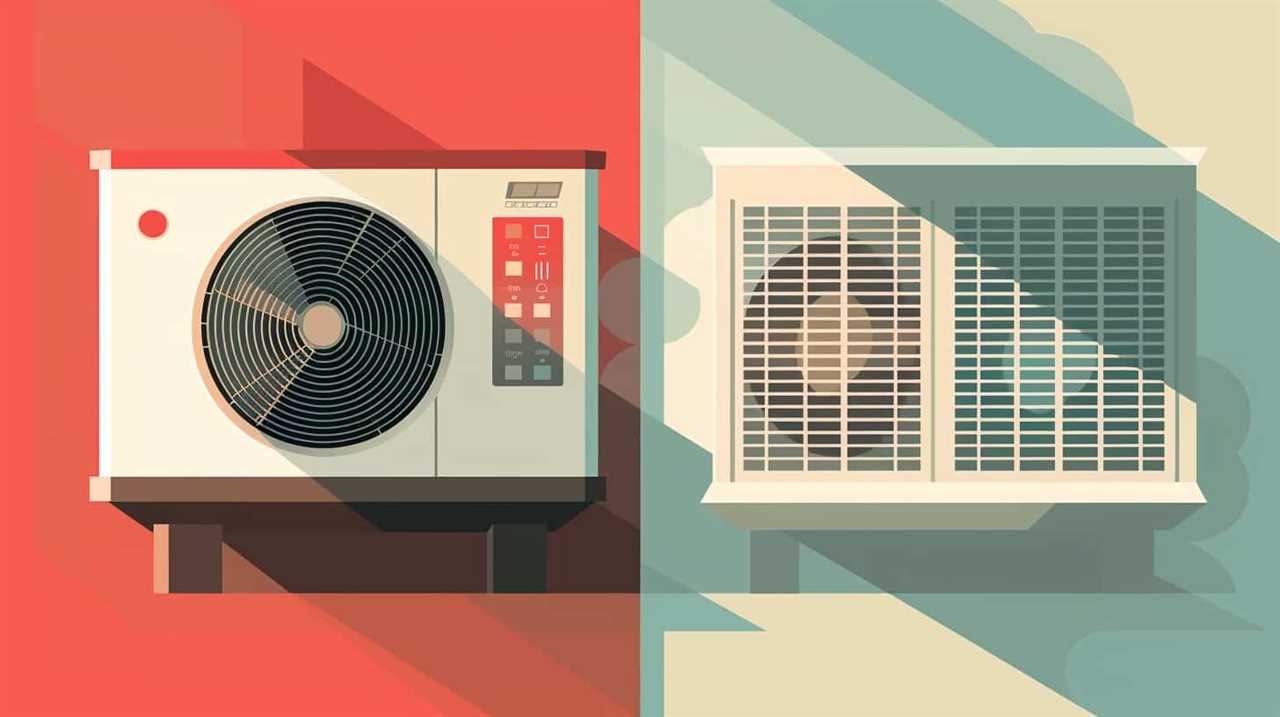
Exploring the Components of a Geothermal Heat Pump System
Let’s now take a closer look at the key components of a geothermal heat pump system and how they work together to provide efficient heat transfer.
These components include the heat pump unit, the ground loop system, and the distribution system. By understanding how each of these parts function, we can gain a better understanding of the overall operation of a geothermal heat pump system and its advantages in terms of energy efficiency and cost savings.
Key System Components
When it comes to exploring the components of a geothermal heat pump system, we need to understand the key system components that make it work efficiently. Here are five important components that play a crucial role in the functioning of a geothermal heat pump system:
Ground Loop: This component allows the transfer of heat between the earth and the heat pump.
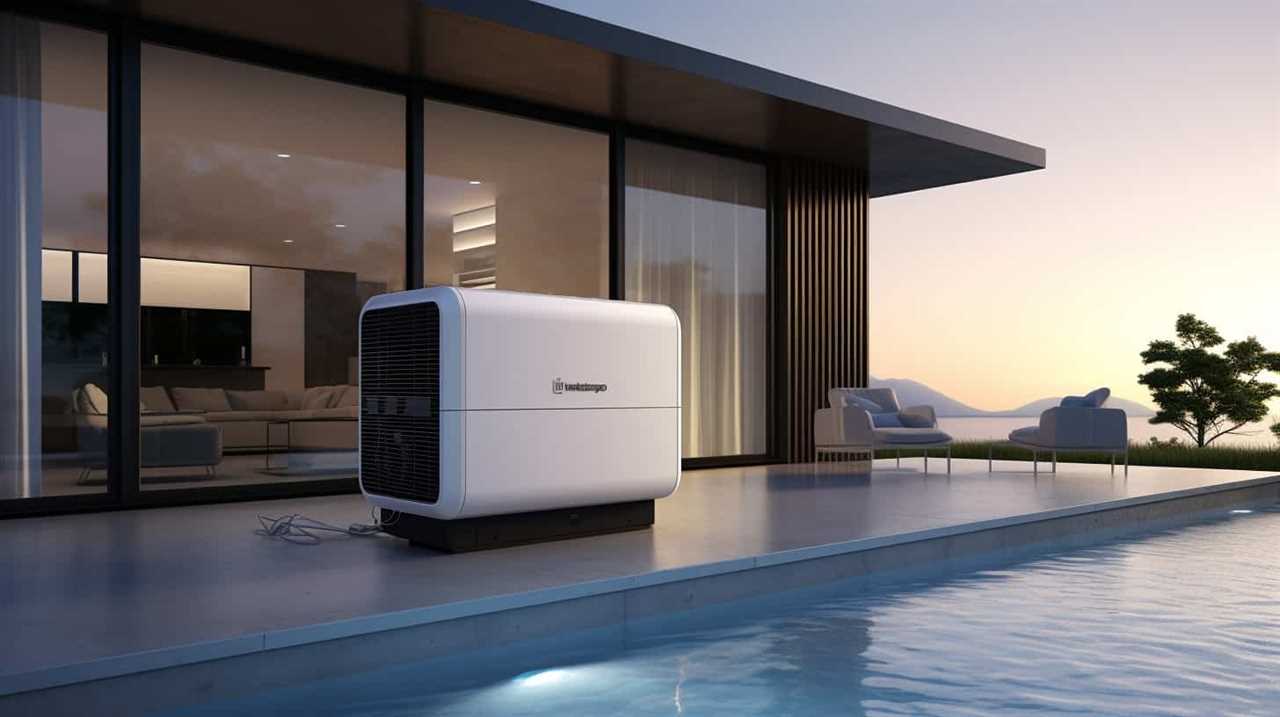
Heat Pump: The heart of the system, the heat pump extracts heat from the ground or water and transfers it to your home.
Ductwork: This component distributes the heated or cooled air throughout your home, ensuring even temperature distribution.
Air Handler: It circulates the air within your home, filtering it and distributing it through the ductwork.
Control System: This component regulates the operation of the system, allowing you to adjust settings and monitor its performance.

Understanding these key components will help you appreciate how a geothermal heat pump system provides efficient heating and cooling for your home.
Efficient Heat Transfer
To achieve efficient heat transfer in a geothermal heat pump system, we need to understand the components that facilitate this process.
The key components involved are the heat exchanger, the refrigerant, and the ground loop.
The heat exchanger plays a vital role in transferring heat between the refrigerant and the ground. It helps to absorb heat from the ground during the heating mode and release it into the ground during the cooling mode.
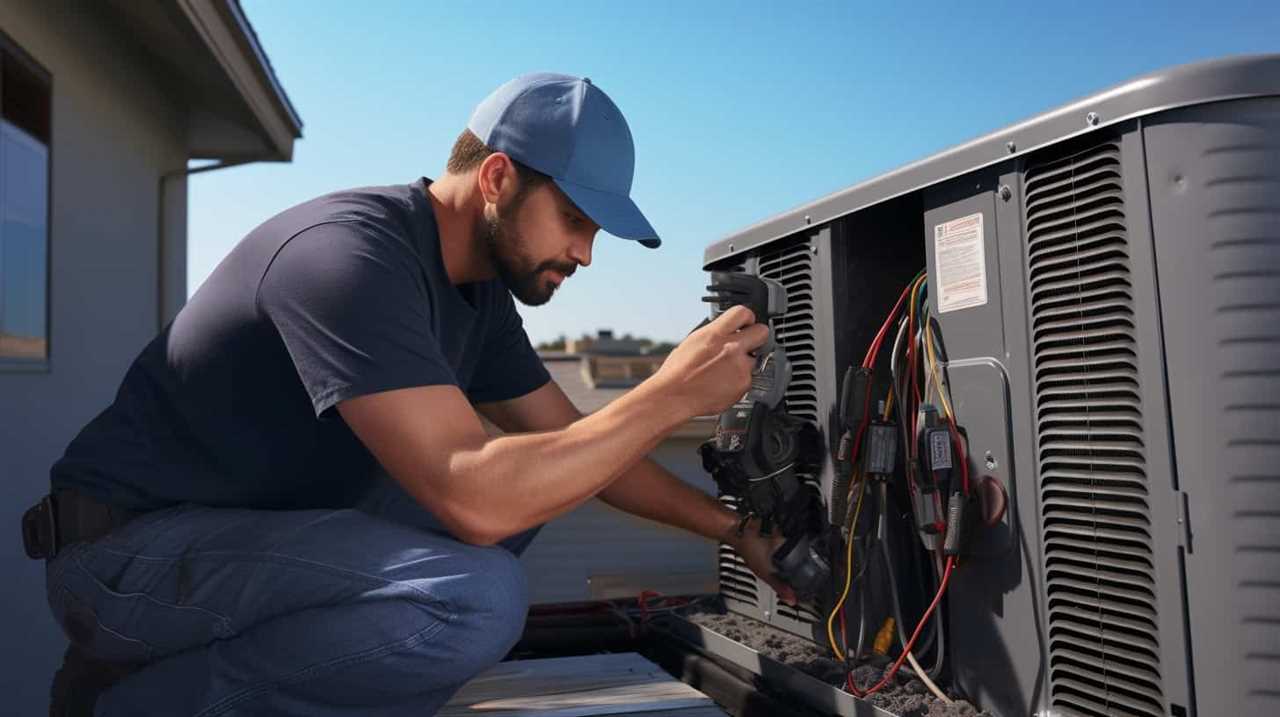
The refrigerant acts as a medium for heat transfer, absorbing heat from the ground and carrying it to the heat exchanger.
Finally, the ground loop is responsible for capturing the heat from the ground and transferring it to the heat exchanger.
Understanding how these components work together is crucial to ensure efficient heat transfer in a geothermal heat pump system.
Benefits and Advantages of Geothermal Heat Pump Technology
Let’s talk about the benefits and advantages of geothermal heat pump technology.

One of the major advantages is its energy efficiency, which allows for significant cost savings in the long run. By utilizing the constant temperature of the earth, these systems can provide both heating and cooling efficiently, resulting in reduced energy consumption and lower utility bills.
Energy Efficiency Explained
One of the main advantages of geothermal heat pump technology is that it can significantly reduce our energy consumption. This means that we can enjoy a more efficient and cost-effective way of heating and cooling our homes.
Here are five benefits of geothermal heat pump technology:
Lower energy bills: With a geothermal heat pump, you can save up to 70% on your heating and cooling costs.
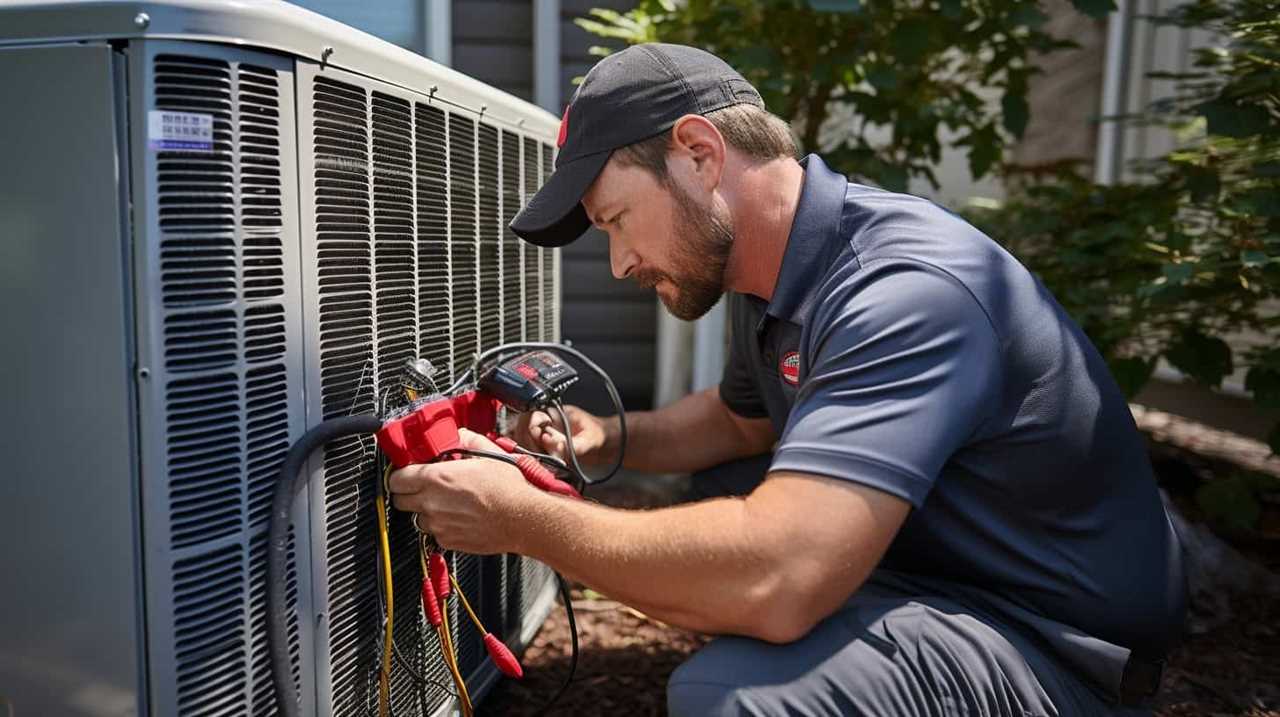
Environmental friendliness: Geothermal systems produce fewer greenhouse gas emissions and have a minimal impact on the environment.
Long lifespan: Geothermal heat pumps have a lifespan of 20 years or more, making them a durable and reliable investment.
Consistent comfort: Geothermal systems provide consistent heating and cooling throughout the year, ensuring a comfortable indoor environment.
Low maintenance requirements: Geothermal heat pumps require minimal maintenance, reducing the hassle and costs associated with upkeep.

Cost Savings Potential
Geothermal heat pump technology offers significant cost savings potential, allowing us to save up to 70% on our heating and cooling expenses. This is a substantial benefit that can greatly impact our household budgets.
By harnessing the Earth’s natural heat, geothermal heat pumps are able to efficiently heat and cool our homes, reducing the need for traditional fossil fuels. This not only saves us money, but also helps to reduce our carbon footprint and minimize our impact on the environment.
Additionally, geothermal heat pump systems require less maintenance compared to traditional heating and cooling systems, resulting in further cost savings over time.
With the potential for long-term savings and the added bonus of being environmentally friendly, geothermal heat pump technology is a smart investment for any homeowner looking to save money and reduce their energy consumption.

Common Misconceptions About Geothermal Heat Pump Systems
We often hear misconceptions about the efficiency and cost-effectiveness of geothermal heat pump systems. Let’s clear up some of these misunderstandings to help you make an informed decision.
Here are the top five common misconceptions about geothermal heat pump systems:
Geothermal heat pumps are expensive: While the upfront cost may be higher compared to traditional heating and cooling systems, geothermal heat pumps offer significant long-term savings due to their energy efficiency.
Geothermal heat pumps only work in warm climates: Geothermal systems can effectively heat and cool homes in any climate, as they rely on the constant temperature of the earth, not external air temperatures.

Geothermal heat pumps require a large yard: Geothermal systems can be installed vertically or horizontally, making them suitable for properties of various sizes and layouts.
Geothermal heat pumps are noisy: Geothermal systems operate quietly, with most of the noise coming from the fan or compressor unit located indoors.
Geothermal heat pumps are only for new construction: Geothermal systems can be retrofitted into existing homes, making them a viable option for both new construction and retrofit projects.
The Future of Geothermal Heat Pump Technology
As technology continues to advance, geothermal heat pump systems are increasingly becoming more efficient and affordable. This is an exciting development that holds great promise for the future of heating and cooling our homes. With these advancements, we can expect geothermal heat pumps to become even more popular and widely adopted in the coming years.
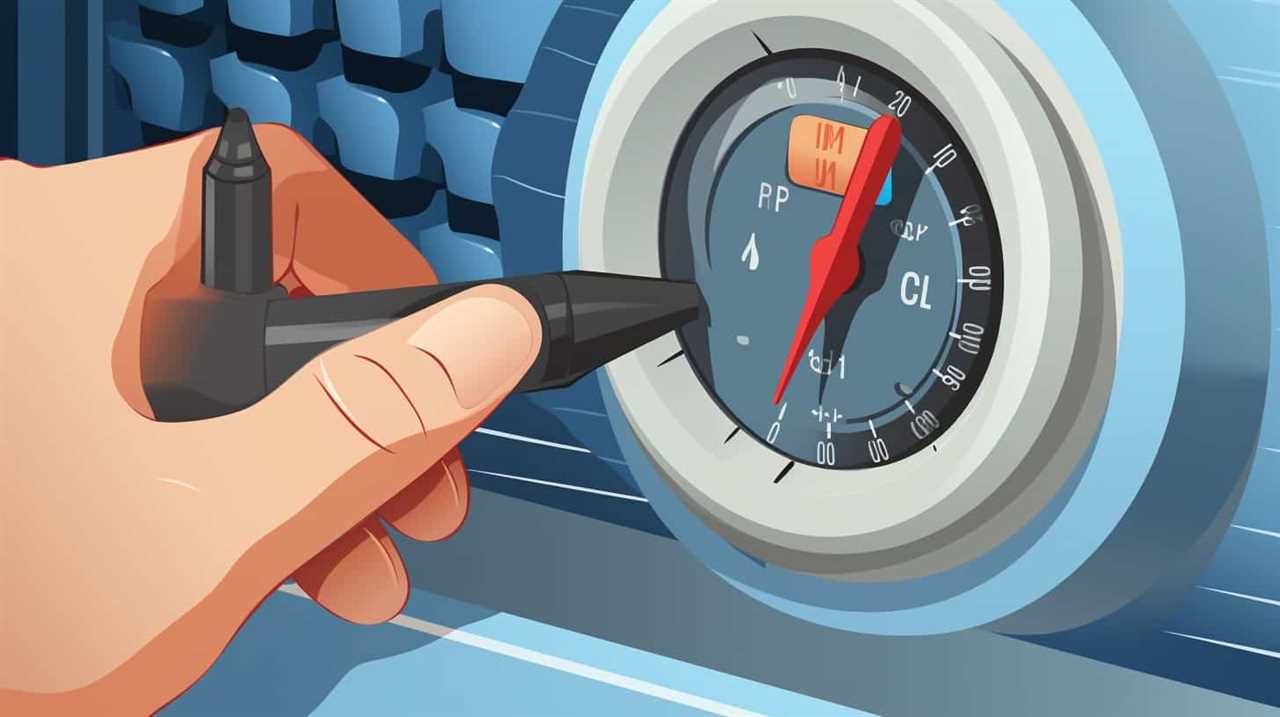
One key area of focus for the future of geothermal heat pump technology is improving the efficiency of these systems. Researchers and engineers are exploring ways to increase the coefficient of performance (COP) of geothermal heat pumps, which measures the ratio of heat output to electrical energy input. By improving the COP, we can maximize the amount of heat that’s extracted from the earth and minimize the amount of electricity required to operate the system.
Another important aspect of the future of geothermal heat pump technology is making these systems more affordable. Currently, the upfront cost of installing a geothermal heat pump system can be a barrier for many homeowners. However, with advancements in manufacturing processes and economies of scale, we can expect the cost of these systems to decrease over time. This will make geothermal heat pump technology more accessible to a wider range of homeowners.
In addition to efficiency and affordability, the future of geothermal heat pump technology also holds potential for integration with other renewable energy sources. For example, geothermal heat pumps can be combined with solar panels to create a hybrid system that harnesses both the heat from the earth and the power of the sun. This integration of different renewable energy technologies can further enhance the sustainability and efficiency of our heating and cooling systems.
Frequently Asked Questions
How Much Does a Geothermal Heat Pump System Cost to Install?
Installing a geothermal heat pump system can vary in cost, depending on factors such as the size of the system and the complexity of the installation. It’s important to consult with professionals for accurate pricing information.

Are Geothermal Heat Pumps Suitable for All Types of Homes?
Yes, geothermal heat pumps are suitable for all types of homes. They provide efficient heating and cooling, reducing energy costs by up to 50%. Plus, they have a long lifespan, typically lasting 20-25 years.
How Long Does It Take to Recoup the Initial Investment in a Geothermal Heat Pump System?
It takes an average of 5-10 years to recoup the initial investment in a geothermal heat pump system. However, the exact time depends on factors such as energy prices and the size of the system.
What Maintenance Is Required for a Geothermal Heat Pump System?
Maintenance for a geothermal heat pump system is minimal. We schedule regular inspections and cleanings, but it’s mostly hands-off. It’s so convenient, we hardly notice it. Our system keeps running smoothly without us lifting a finger.
Can a Geothermal Heat Pump System Be Used for Both Heating and Cooling Purposes?
Yes, a geothermal heat pump system can be used for both heating and cooling purposes. It uses the earth’s natural heat to warm your home in winter and cool it in summer.
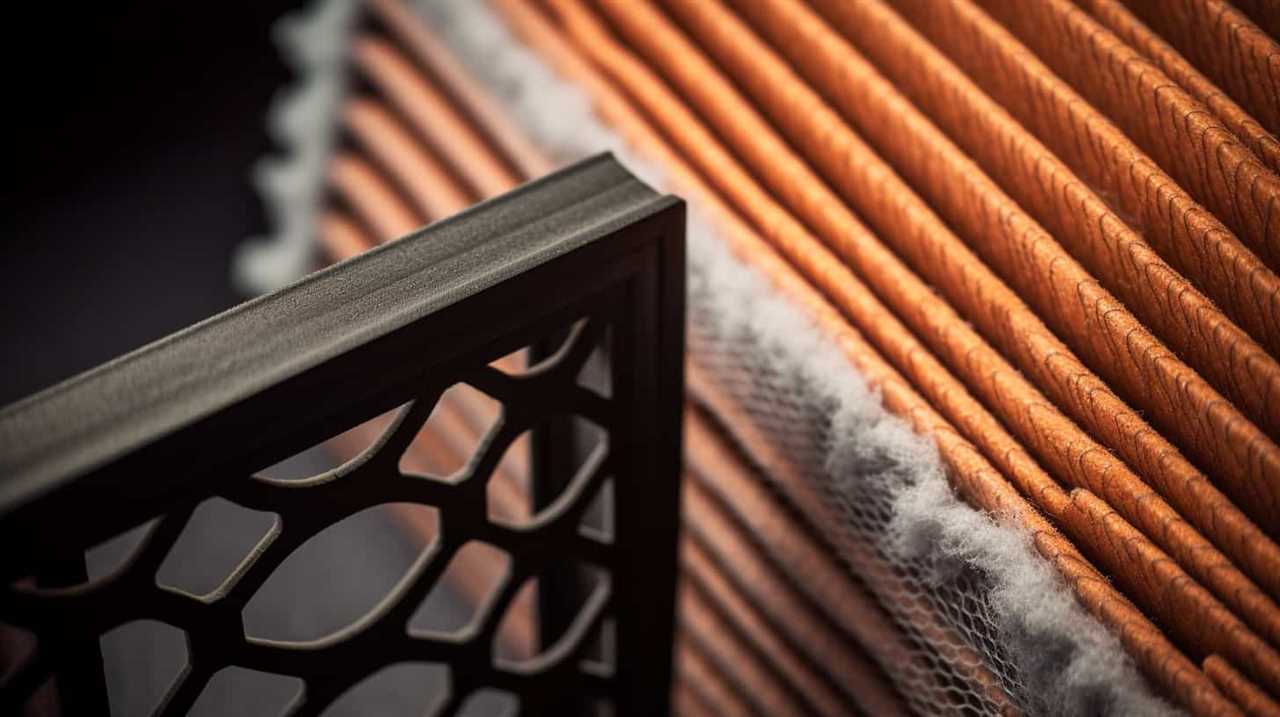
What Are the Key Components of Geothermal Heat Pump Operations?
Geothermal heat pump operations revealed consist of three key components: the heat exchanger, the heat pump unit, and the distribution system. The heat exchanger utilizes the constant temperature of the Earth to transfer heat. The heat pump unit compresses and expands a refrigerant to absorb or release heat. Lastly, the distribution system circulates hot or cold air to provide a comfortable indoor environment.
Conclusion
So there you have it, the mystery of geothermal heat pump technology unraveled. Who’d have thought that harnessing the Earth’s natural heat could be so efficient and environmentally friendly?
It’s almost ironic how such a simple concept can have such a profound impact on our energy consumption.
As we look to the future, it’s clear that geothermal heat pump technology will continue to play a vital role in our quest for sustainable living.









